Lee Seo-yun Hanbok (이서윤한복)
1.6Km 2020-04-11
7, Hyoja-ro, Jongno-gu, Seoul
+82-2-735-4250
Lee Seo-yun Hanbok seeks hanbok that blends both traditional Korean and western designs. It not only weaves fabrics for its own hanbok, but dyes them as well. The main items cover party dresses, wedding dresses, ornaments, cushions, and sitting cushions. Lee Seo-yun, the owner of the store, was responsible for clothing and ornaments shown in the Korean soap opera, Iljimae and his works have appeared in many soap operas, traditional Korean dance performances and fashion shows as well.
Gyeongbokgung Palace Jagyeongjeon Tea Ceremony (경복궁 자경전 다례체험행사)
1.6Km 2020-03-12
161, Sajik-ro, Jongno-gu, Seoul
• 1330 Travel Hotline: +82-2-1330 (Korean, English, Japanese, Chinese) • For more info: +82-2-3210-4683
This traditional tea ceremony experience takes place at Jagyeongjeon Hall in Gyeongbokgung Palace every Saturday and Sunday. Participation is by reservation on a first come, first serve basis.
The ceremony includes a tea culture demonstration and experience, making honey cakes, traditional etiquette introduction, and lectures related to tea culture. To participate in the tea ceremony, download the application form from the Korea Cultural Heritage Foundation website and submit the form through email.
Palace Royal Guard Changing Ceremony (수문장 교대의식)
1.6Km 2025-07-11
161 Sajik-ro, Jongno-gu, Seoul
+82-2-3210-1645
In the Joseon dynasty, the royal guards of the palace were gatekeepers who were responsible for guarding the the main gates of Gyeongbokgung Palace as well as the main gates of the city such as Heunginjimun Gate and Sungnyemun Gate. The royal guards worked in shift duties and were in charge of opening and closing Gwanghwamun Gate. Before the royal guard system was enforced in 1469, the palace gates were protected by soldiers of the central army. The Palace Royal Guard Changing Ceremony held at Gyeongbokgung Palace and the Gwanghwamun area reenacts the guard-changing procedure that took place during the Joseon dynasty, along with the reproduction of costumes and weapons, based on historical records.
Eunhangnamujip (은행나무집)
1.6Km 2021-06-30
30, Eulji-ro, 43-gil, Jung-gu, Seoul
+82-2-2273-0160
The favorite store of office workers. The best menu at this restaurant is marinated grilled beef ribs. This is a Korean cuisine located in Dongdaemun Gate, Seoul.
Goodmorning City (굿모닝시티)
1.6Km 2020-05-09
247, Jangchungdan-ro, Jung-gu, Seoul
+82-2-2118-8700
Opened in November 2008, Goodmorning City is one of the largest shopping malls in Korea. It is located near the Dongdaemun History & Culture Park Station and is directly linked to other shopping malls in Dongdaemun.
The mall is comprised of 23 floors and over 700 stores, offering visitors virtually every kind of product—from fashion accessories to electronics. With a variety of stores and amenities, Goodmorning City is truly a comprehensive shopping mall that provides visitors with an amazing shopping and entertainment experience.
The National Folk Museum's Korean Folk Performances for Visitors (국립민속박물관 우리민속한마당)
1.6Km 2021-07-07
37, Samcheong-ro, Jongno-gu, Seoul
• 1330 Travel Hotline: +82-2-1330 (Korean, English, Japanese, Chinese) • For more info: +82-2-3704-3114
The National Folk Museum is the leading museum depicting Korean folk culture that attracts 3 million visitors every year. Every Saturday, the museum offers free performances where Korean music, traditional dance, martial arts, and mask plays are performed for Korean and international spectators to illustrate Korea’s major seasonal events, special exhibitions, and traditional intangible cultures.
Nolboo Bossam & Budaejjigae Euljiro6ga(놀부보쌈&부대찌개 을지로6가)
1.6Km 2024-10-15
2F, 34, Euljiro43-gil, Jung-gu, Seoul
+82-2-2264-1669
This is a Korean cuisine located in Dongdaemun Gate, Seoul. One of Korea’s representative restaurant franchises. The best menu at this restaurant is napa wraps with pork.
National Folk Museum of Korea (국립민속박물관)
1.6Km 2019-03-19
37, Samcheong-ro, Jongno-gu, Seoul
Located inside Gyeongbokgung Palace, the National Folk Museum of Korea presents historical artifacts that were used in the daily lives of Korean people in the past. Through the displays, visitors can learn about the domestic and agricultural lifestyles, as well as Korea’s cultural beliefs.
The National Folk Museum of Korea has three permanent exhibitions and two special exhibitions as well as a library, souvenir shop, and other subsidiary facilities.
Pyounghwa (Pyeonghwa) Fashion Town (서울 평화시장)
1.6Km 2025-01-06
274, Cheonggyecheon-ro, Jung-gu, Seoul
+82-2-2265-3531~3
The Pyounghwa Fashion Town market in Dongdaemun has been selling fashion clothing and accessories for over 50 years ever since the end of the Korean War. It was here that in 1953 North Korean refugees started selling clothes made from US army uniforms. Their market was then named Pyounghwa, which means peace, in the hope that no other wars would be fought on Korean soil. The Pyounghwa Fashion Town was therefore the beginning of the 30,000 stores that now make up Dongdaemun Fashion Town, which is seen as one of the global centers of the fashion industry.
Spread over a large area, this historical fashion market is divided into several districts, the ‘Gu Pyounghwa Fashion Town’ is the oldest, and there is also the ‘Shin Pyounghwa Fashion Town’, ‘Dong Pyounghwa Fashion Town’, and ‘Cheong Pyounghwa Fashion Town’.
National Folk Museum of Korea Children’s Museum (국립민속박물관 어린이박물관)
1.6Km 2019-03-18
37, Samcheong-ro, Jongno-gu, Seoul
+82-2-3704-4540, 4524
The Children’s Museum is a hands-on experience museum run by the National Folk Museum of Korea. A variety of visual aids and assembly models allow children to touch and feel pieces and experience folk history in an interactive way. The theme of the exhibitions consists of folk clothing, food, shelter, social life, and entertainment. The museum has a number of interactive spaces including a table set for an ancestral ritual, magnet miniatures depicting a baby’s first birthday, and an area where young visitors can build a folk house. Young learners can also create an avatar wearing in Hanbok, make kimchi using visual aids, or play gonu (a traditional board game). The museum also collects, preserves, and maintains relics and historical items related to youth and youth culture.
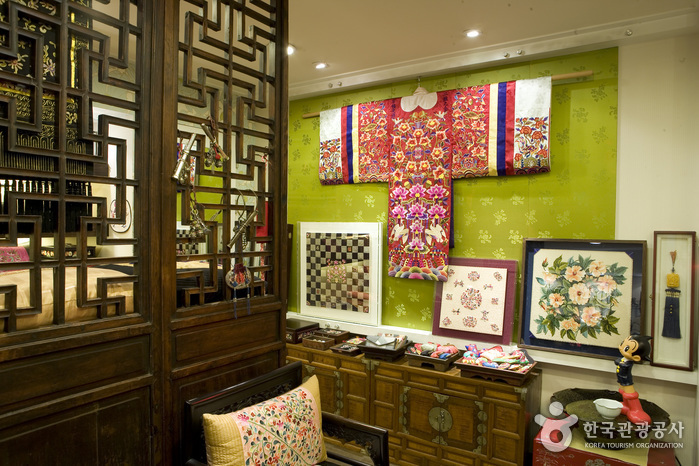
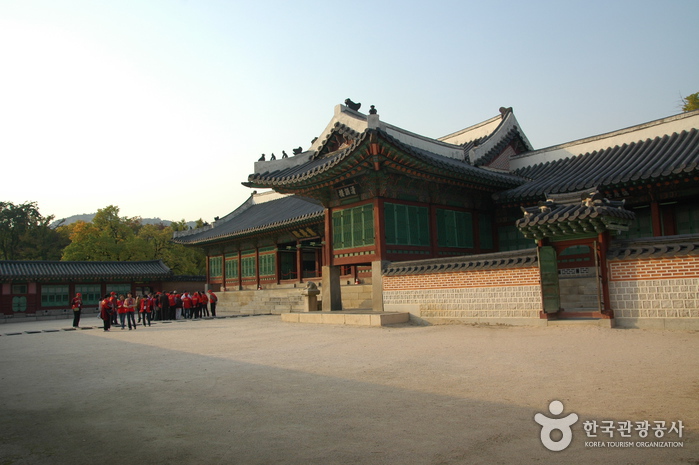
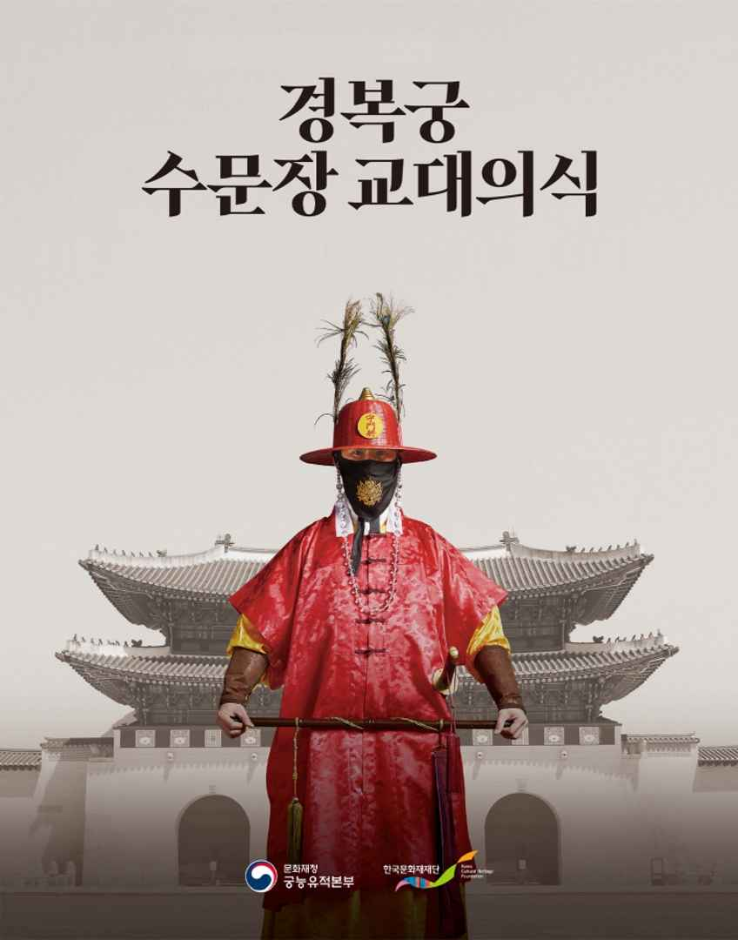
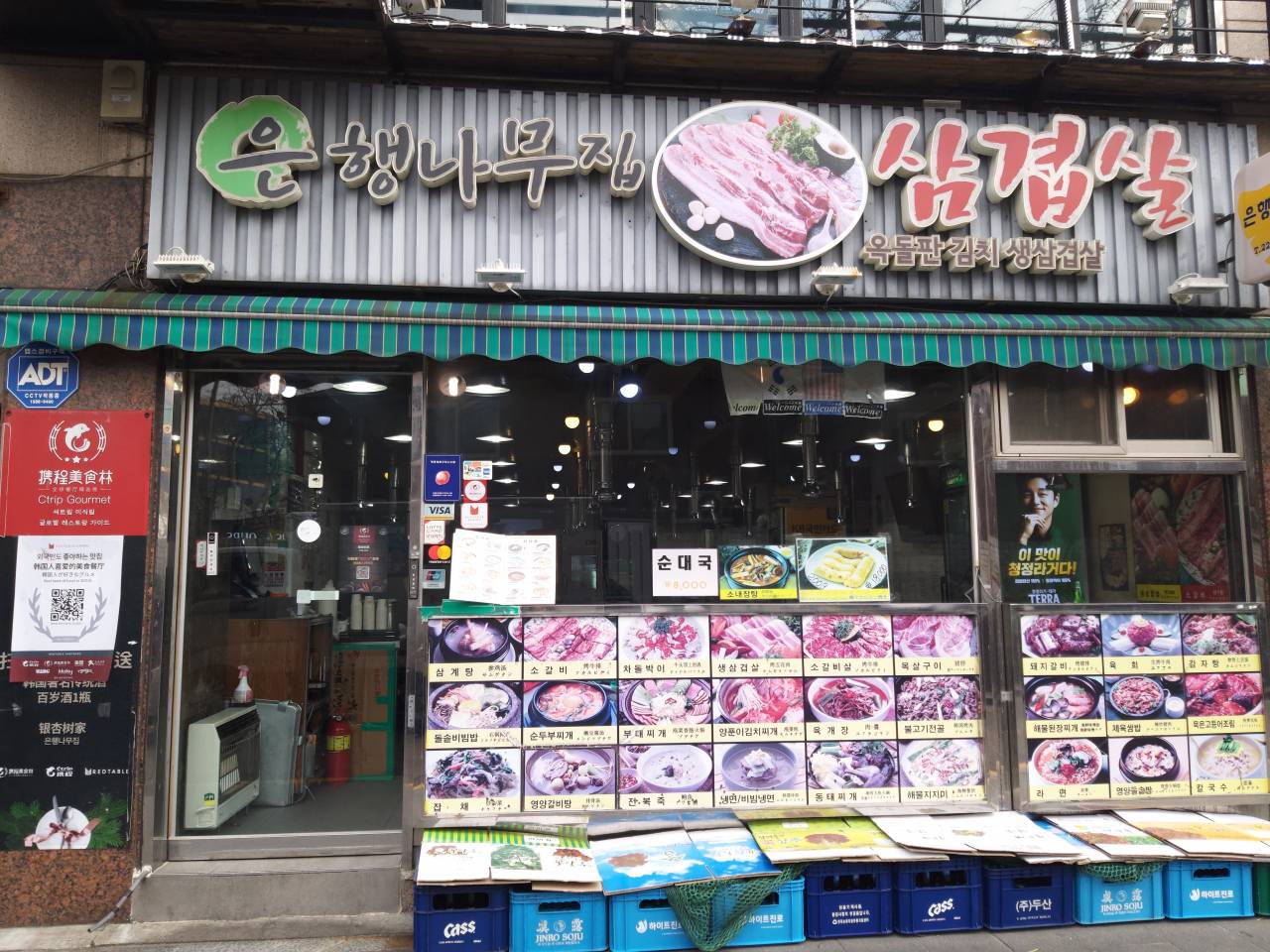
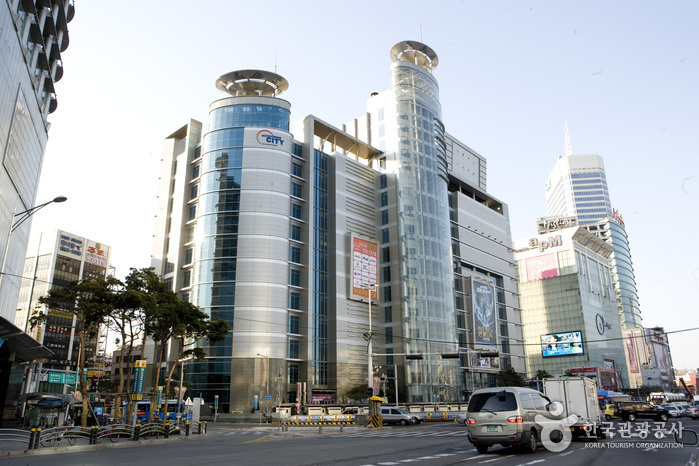

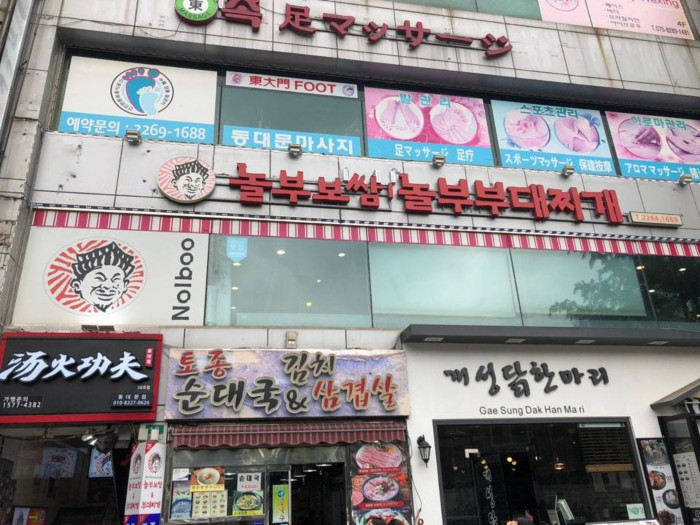
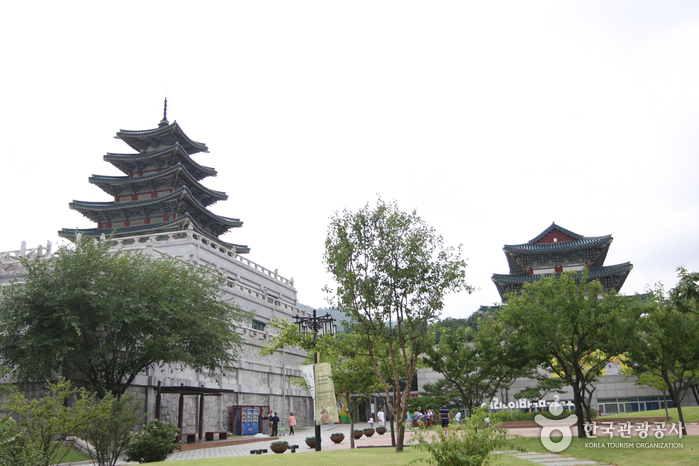
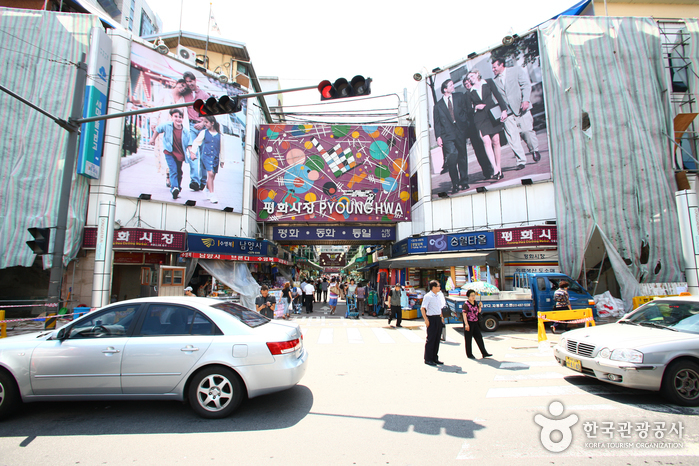
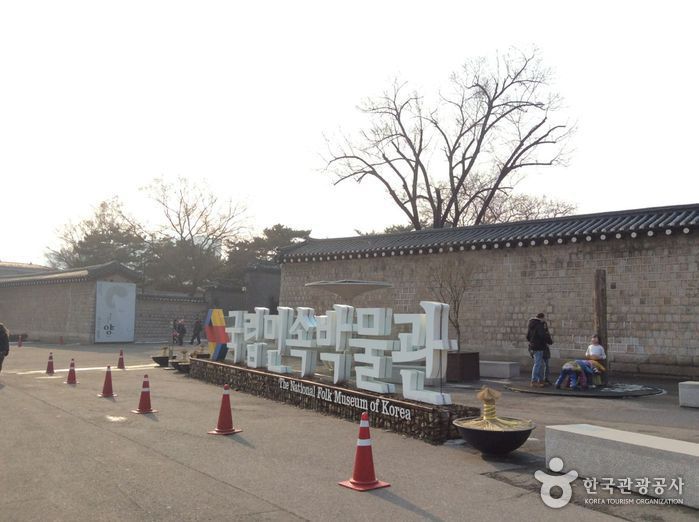
 English
English
 한국어
한국어 日本語
日本語 中文(简体)
中文(简体) Deutsch
Deutsch Français
Français Español
Español Русский
Русский